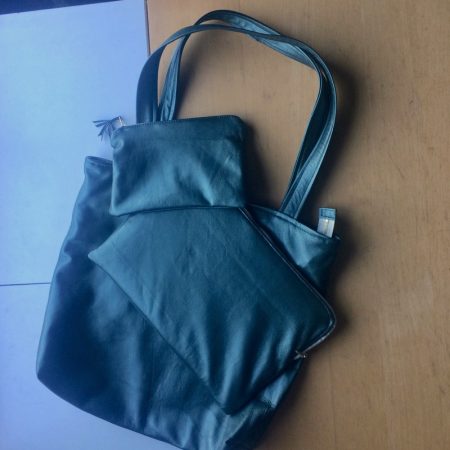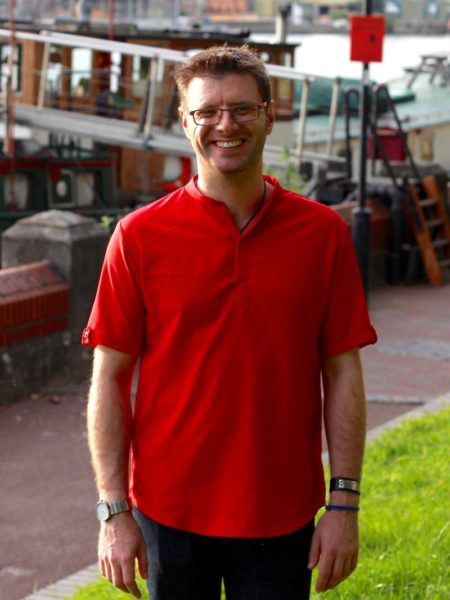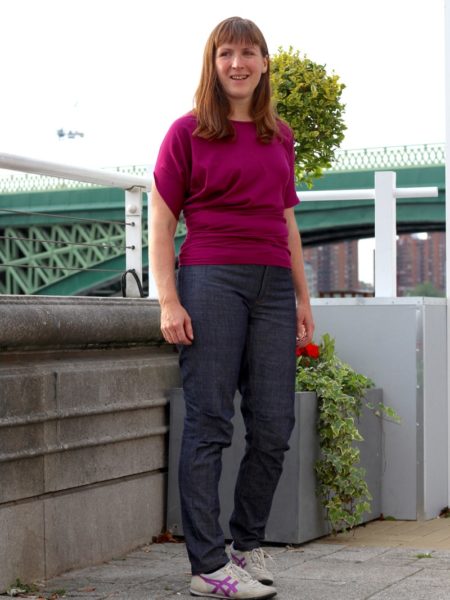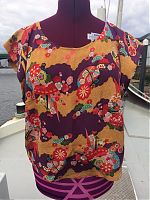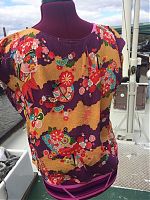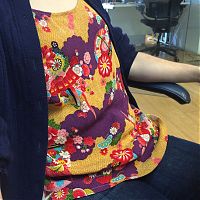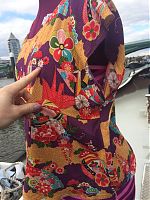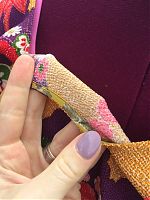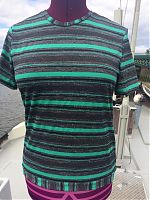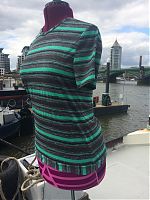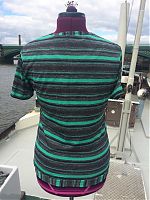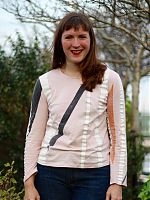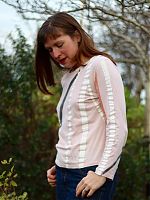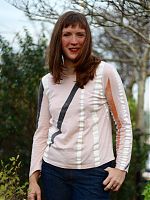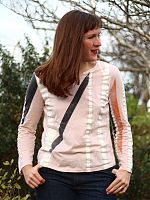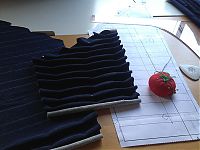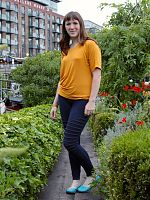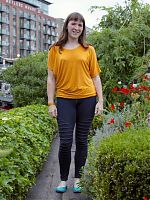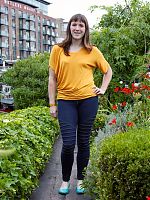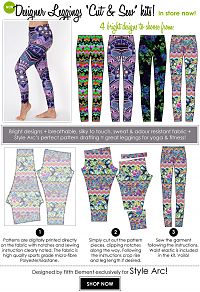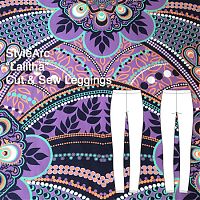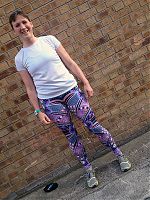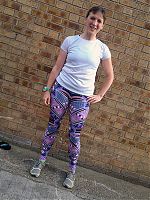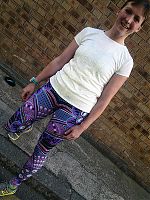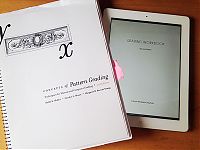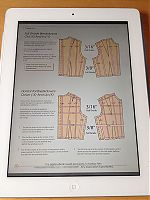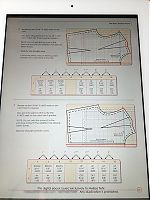Believe it or not, I’ve still got a backlog of finished projects from the holidays to tell you all about, so I’m going to attempt to get them all up before the end of January (because nobody likes hearing about Christmas presents in February!). First up is my Christmas holiday project for this year – a set I’ve had in mind since I quit my office job last Fall and went full-time working on the sewing business. I mostly work from home, but I also like to get a change of scenery once or twice a week and work elsewhere. I’ve actually found that our favourite whisky bar is a brilliant choice during the day – great atmosphere, lovely staff who know me (so therefore don’t rush me along and don’t mind if I just drink water for hours), comfortable seats, wifi, and music that’s easy to zone out. And it’s an easy 30min cycle along mostly segregated cycle paths, too. Plus I get to reward myself with a cocktail at the end of the day, too!
But I quickly realised that my options for lugging my new laptop around were definitely less-than-chic, and I needed something that looked a bit nicer without screaming “I’m a laptop bag!”. The case off my old laptop (bought in 2010 and therefore an ancient 6 years old!) was way too big for my slimmer new model even though they’re the same screen size, so I first thought about making a cushioned, zippered case for it, and the idea spawned into a bag to put the laptop into (and also hold my normal purse stuff), and something to contain the charging cables and USB sticks, too.

